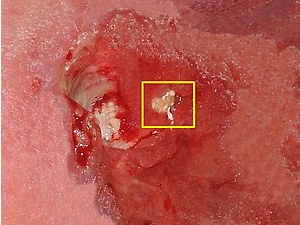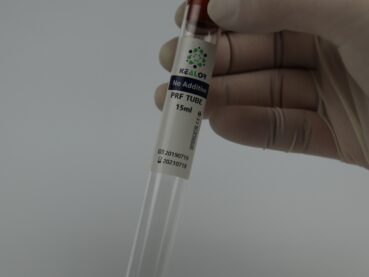The field of ophthalmology continuously seeks innovative solutions to enhance eye health and vision. Platelet-Rich Plasma (PRP), initially known for its applications in sports medicine and orthopedics, has found a new realm in ophthalmology. This article explores the fascinating potential of PRP in treating various ophthalmic conditions, including dry eye, dormant ulcers, wound healing, and post-LASIK corneal recovery.
Understanding PRP in Ophthalmology
PRP therapy involves drawing a small amount of blood from the patient, processing it to concentrate platelets and growth factors, and then applying or injecting the PRP solution into the targeted area. The growth factors in PRP stimulate tissue repair, reduce inflammation, and promote healing, making it a valuable tool in addressing a range of ophthalmic concerns.
Applications of PRP in Ophthalmology
1. Dry Eye: Dry eye syndrome is a common condition that causes discomfort and irritation due to inadequate tear production. PRP injections can stimulate the healing process of the ocular surface and enhance tear production.
2. Dormant Ulcers: Dormant ulcers on the cornea can cause discomfort and vision issues. PRP’s regenerative properties can aid in the healing process of these ulcers, promoting tissue regeneration and reducing the risk of complications.
3. Wound Healing: PRP’s ability to accelerate tissue repair and wound healing can be particularly beneficial for various eye surgeries and injuries, aiding in the recovery process.
4. Post Laser in situ Keratomileusis (LASIK) Ocular Surface Syndrome: LASIK, a popular refractive surgery, can sometimes lead to ocular surface issues. PRP therapy can aid in the healing of the ocular surface, reducing discomfort and enhancing visual outcomes.
5. Post LASIK Corneas/Epithelial Recovery: PRP can promote corneal healing and epithelial recovery after LASIK surgery, contributing to clearer vision and a more comfortable post-operative experience.
The PRP Ophthalmology Treatment Process:
- Consultation: Consult with an experienced ophthalmologist who is well-versed in PRP therapy to determine if this approach is suitable for your specific condition.
- Preparation: A small blood sample is drawn from the patient and processed to create the PRP solution.
- Application: Depending on the specific condition, PRP can be applied topically, through drops, or via injections to the affected area.
- Monitoring: Regular follow-up visits will allow the ophthalmologist to monitor your progress and adjust the treatment plan as needed.
Considerations and Professional Consultation:
- Expertise: Seek an ophthalmologist who has experience with both PRP therapy and the specific ophthalmic condition you’re seeking to address.
- Patient Suitability: Not all ophthalmic conditions may benefit from PRP therapy. Your ophthalmologist will determine if it’s appropriate for your case.
The integration of Platelet-Rich Plasma (PRP) therapy into ophthalmology brings new hope for individuals grappling with various eye conditions, from dry eye to corneal recovery post-surgery. By leveraging the body’s natural healing mechanisms, PRP offers a non-invasive and potentially effective approach to enhancing eye health and vision outcomes. If you’re considering PRP therapy for an ophthalmic condition, discussing the potential benefits with an experienced ophthalmologist can guide you toward a clearer vision of healing and improved ocular well-being.








